Wabtec signs MOUs with CMU, Genesee & Wyoming to decarbonize freight rail & improve safety; battery and fuel cell locomotives
Green Car Congress
SEPTEMBER 11, 2021
In addition, Wabtec announced an MOU with Genesee & Wyoming Inc. (G&W), G&W), the largest owner of short line and regional freight railroads, to pursue zero-emission battery and hydrogen freight strategies, as well as increase rail utilization across North America. This vision consists of two parts. —Jack Hellmann, CEO of G&W.

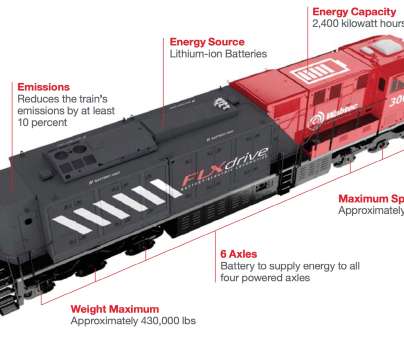


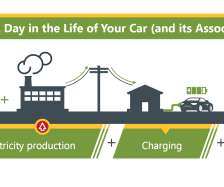


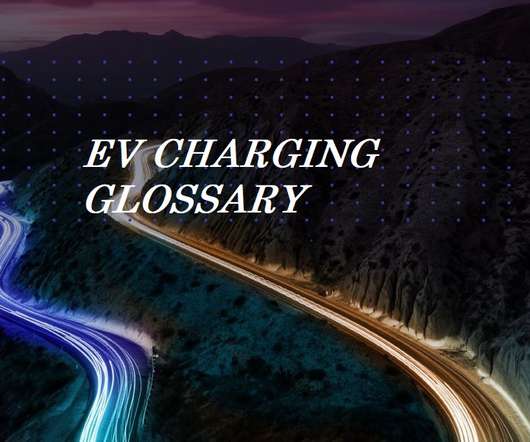
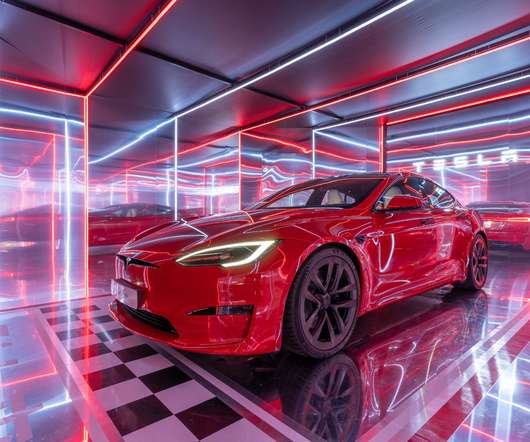



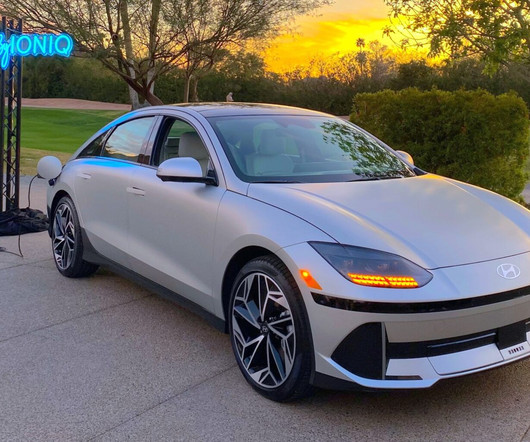
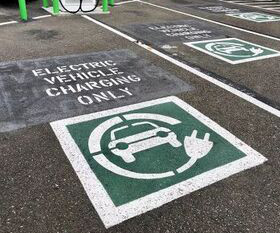






Let's personalize your content